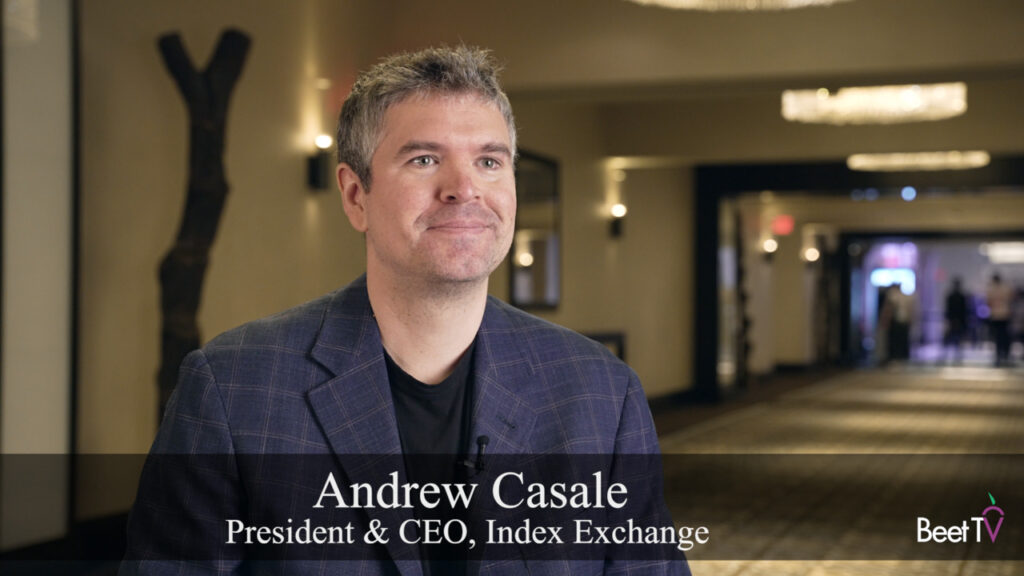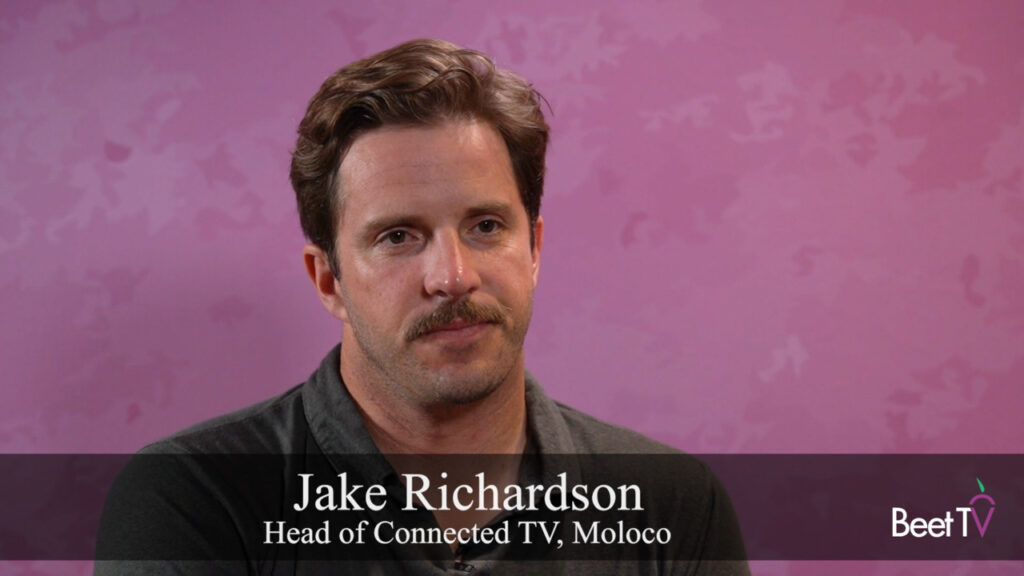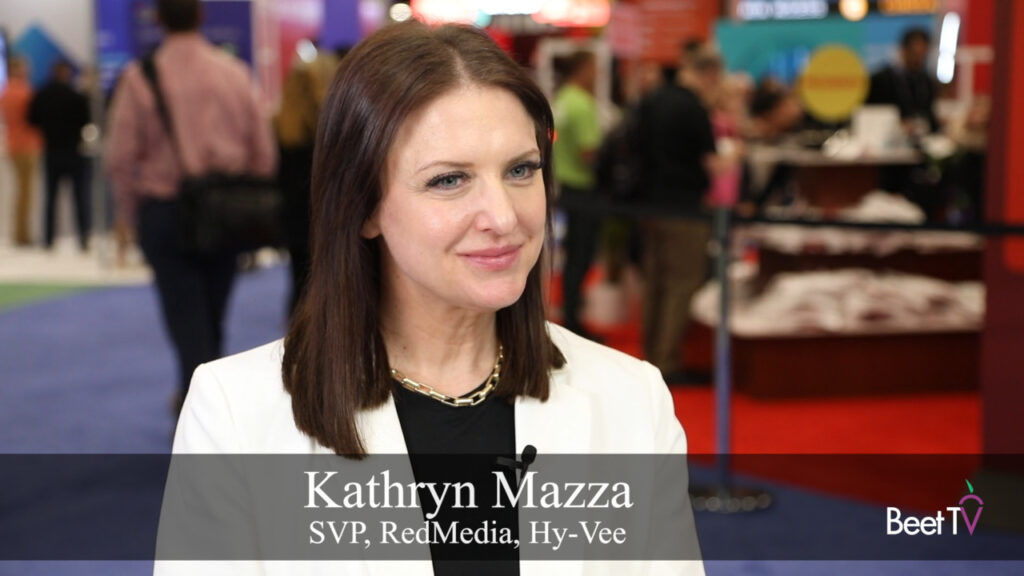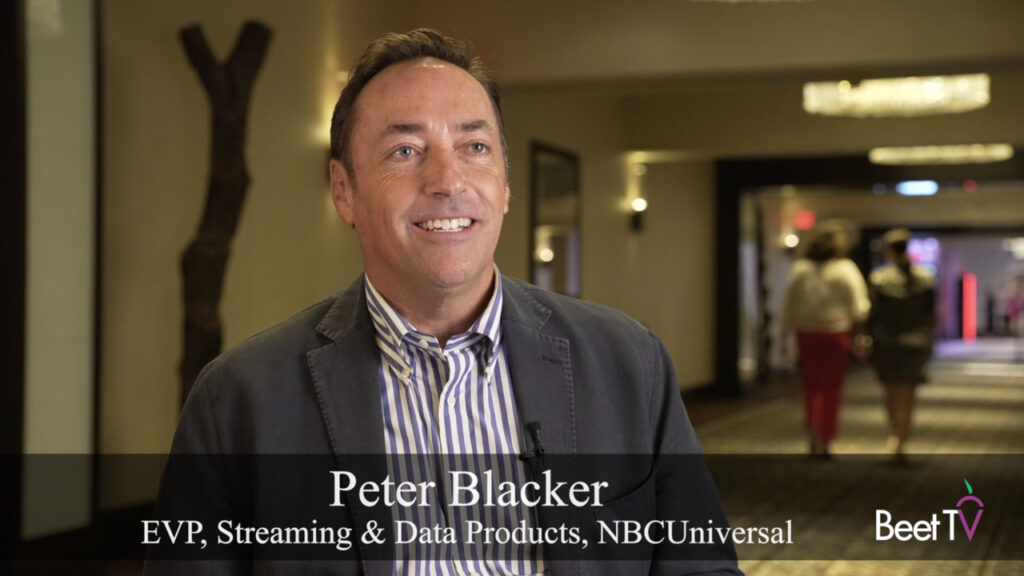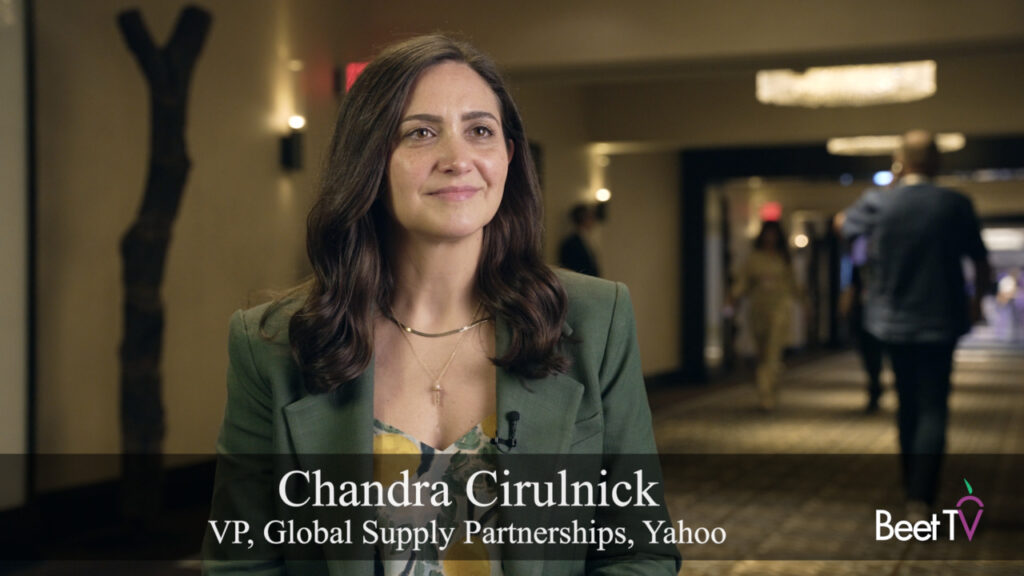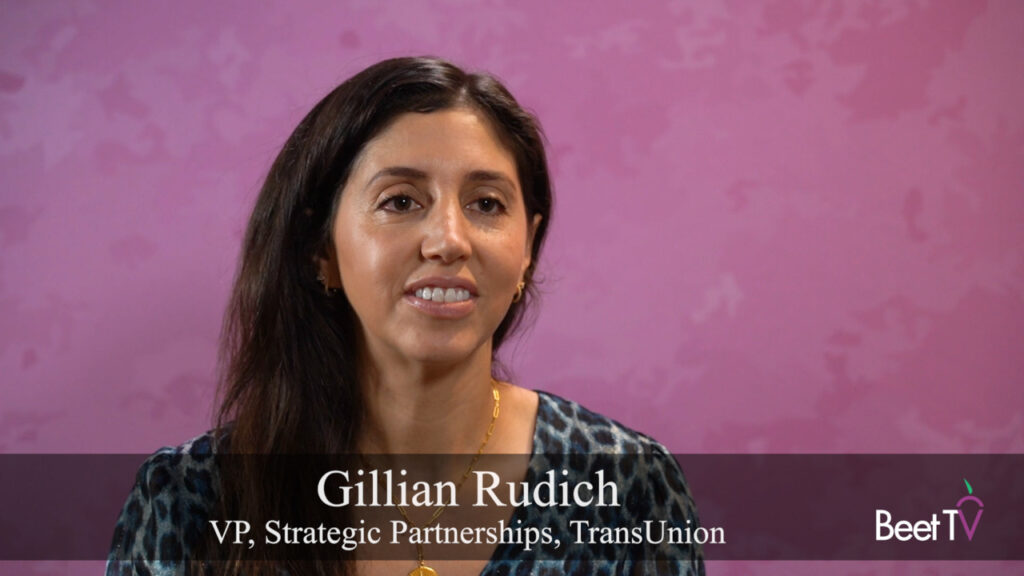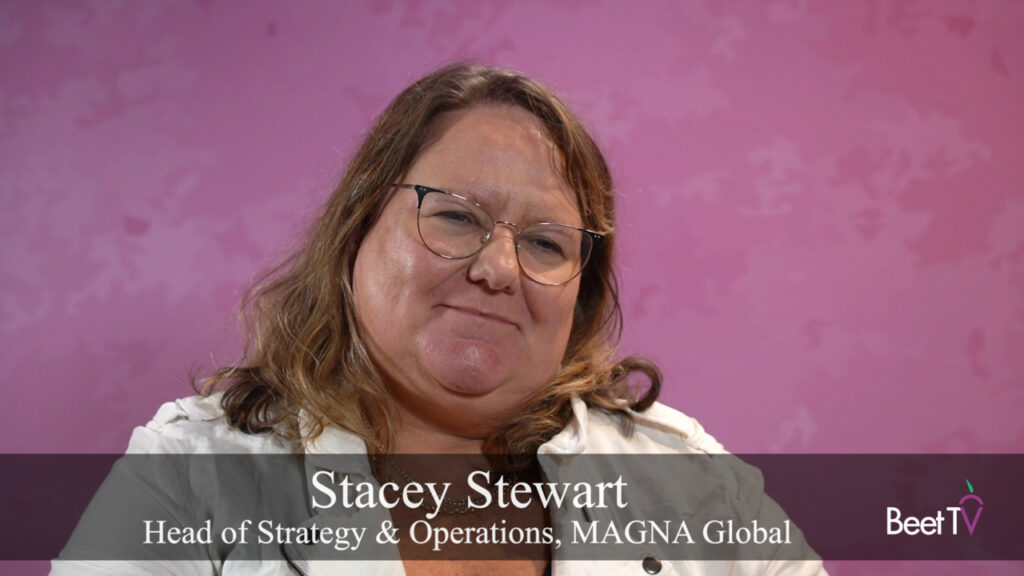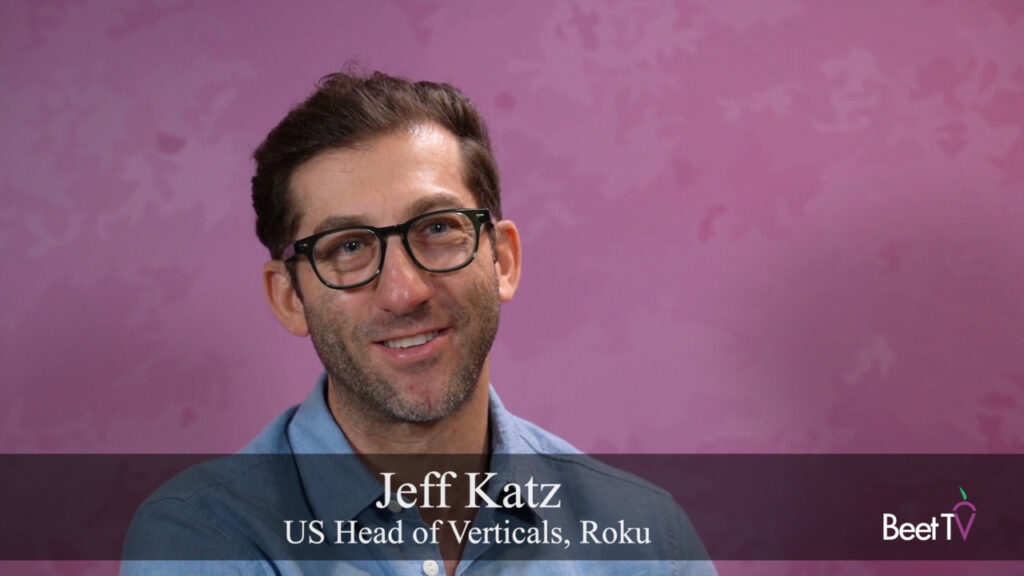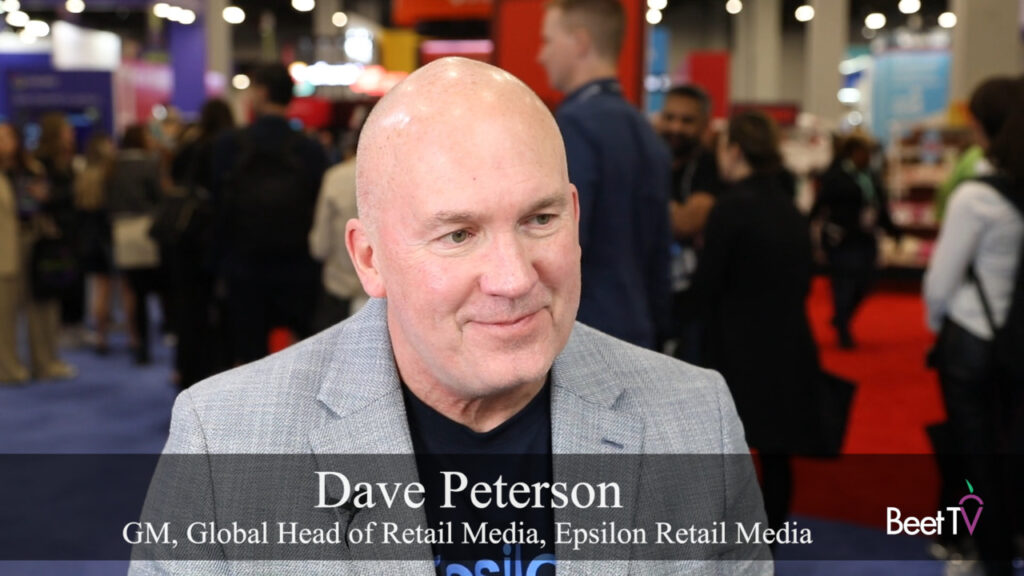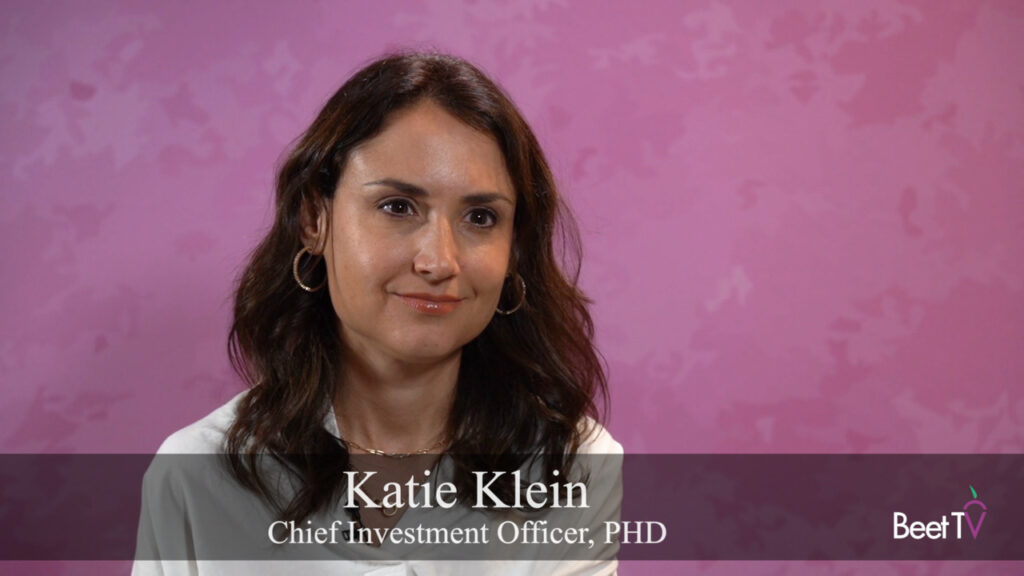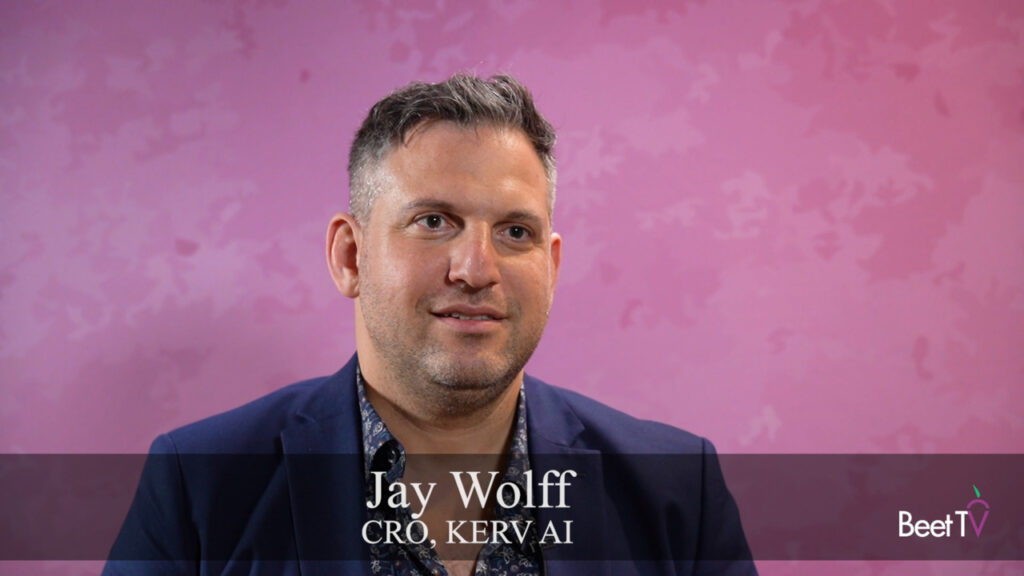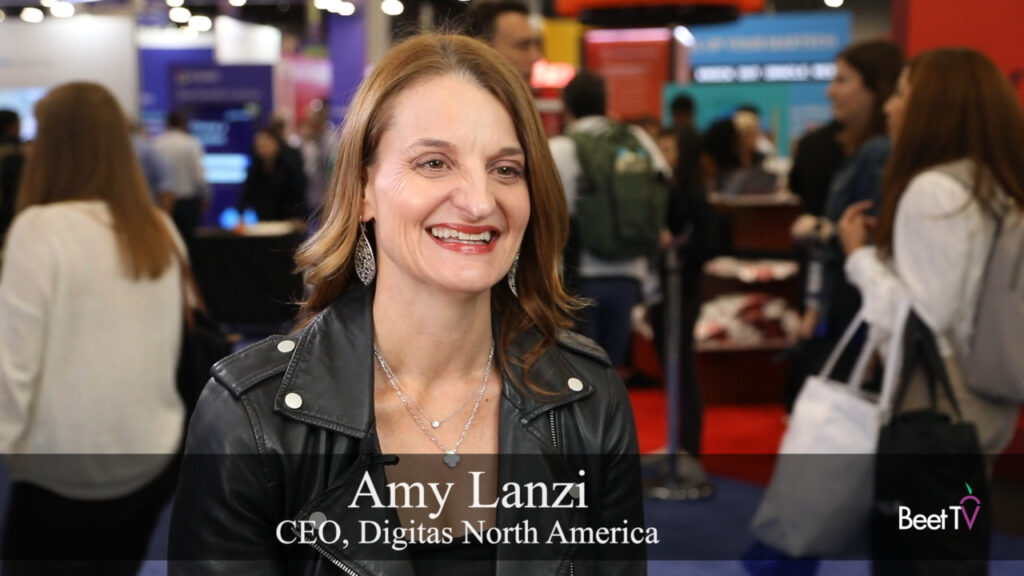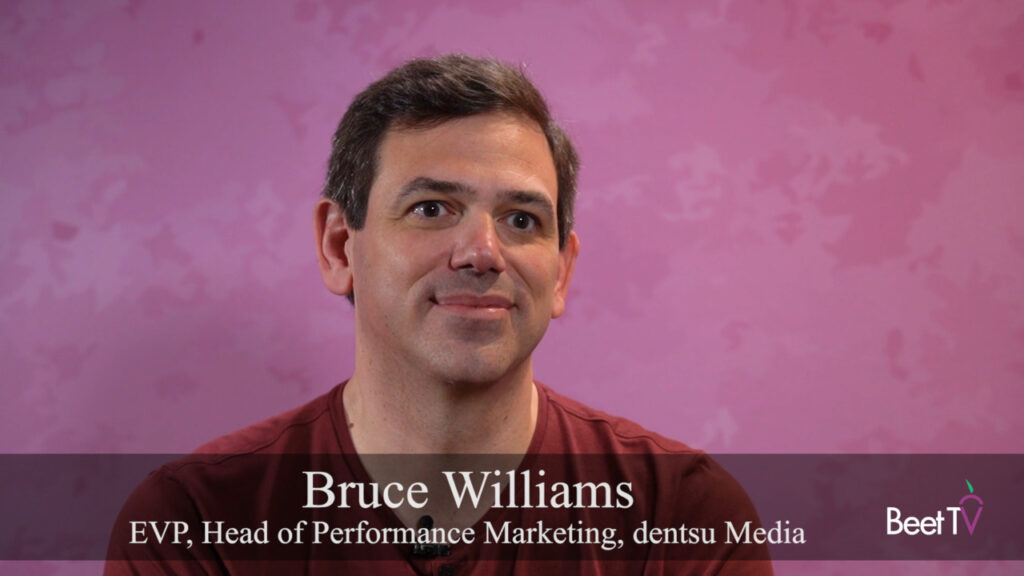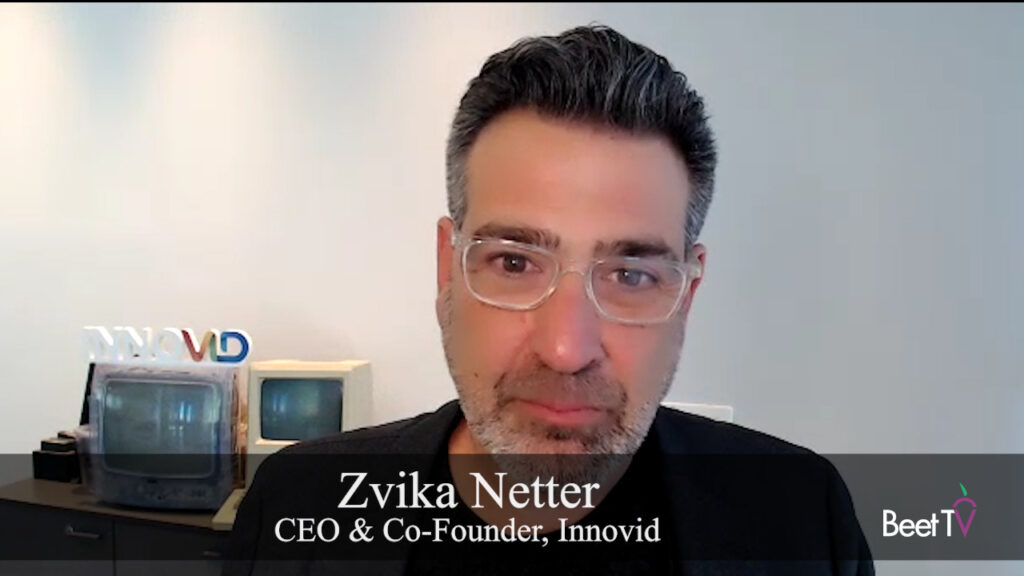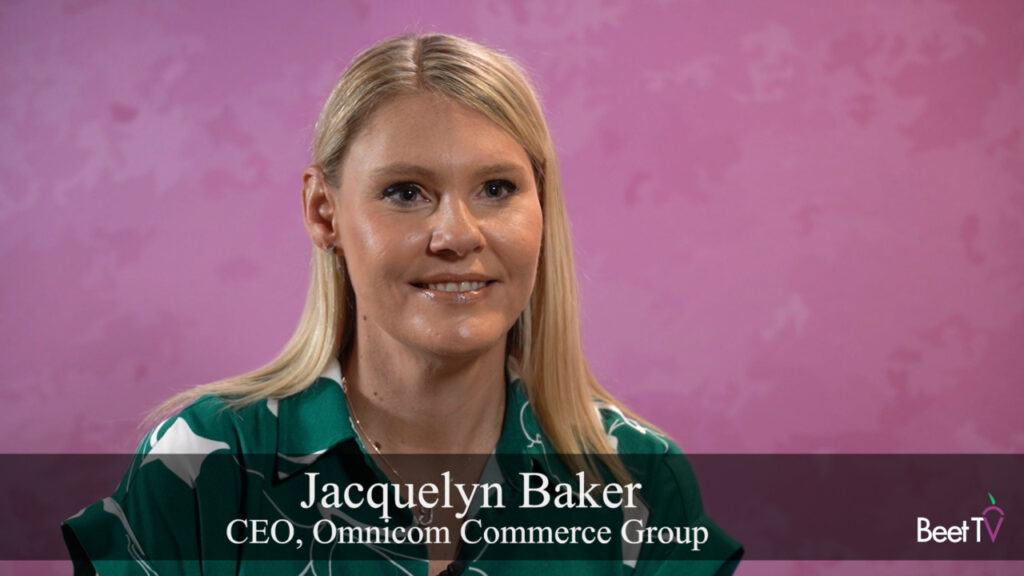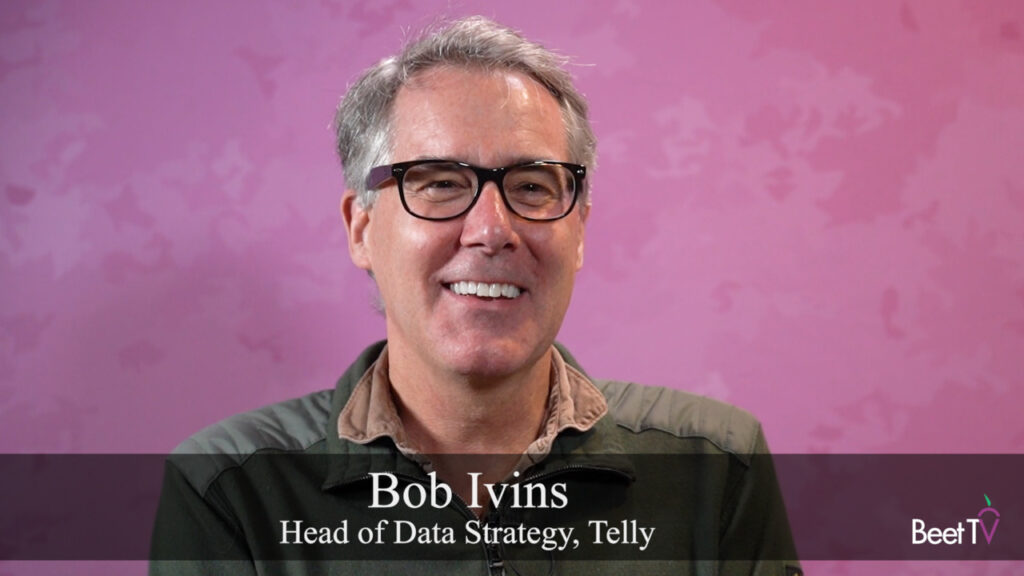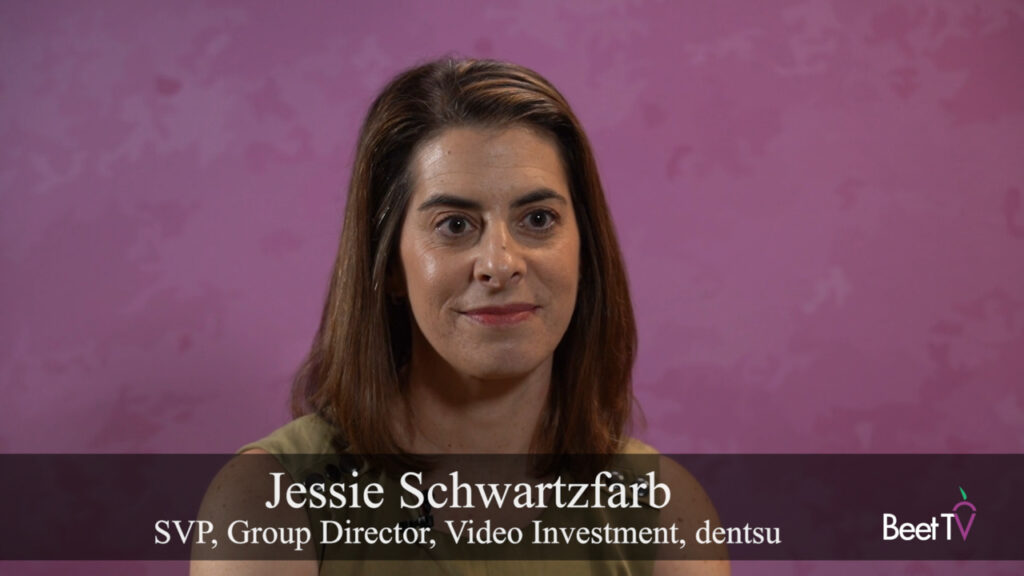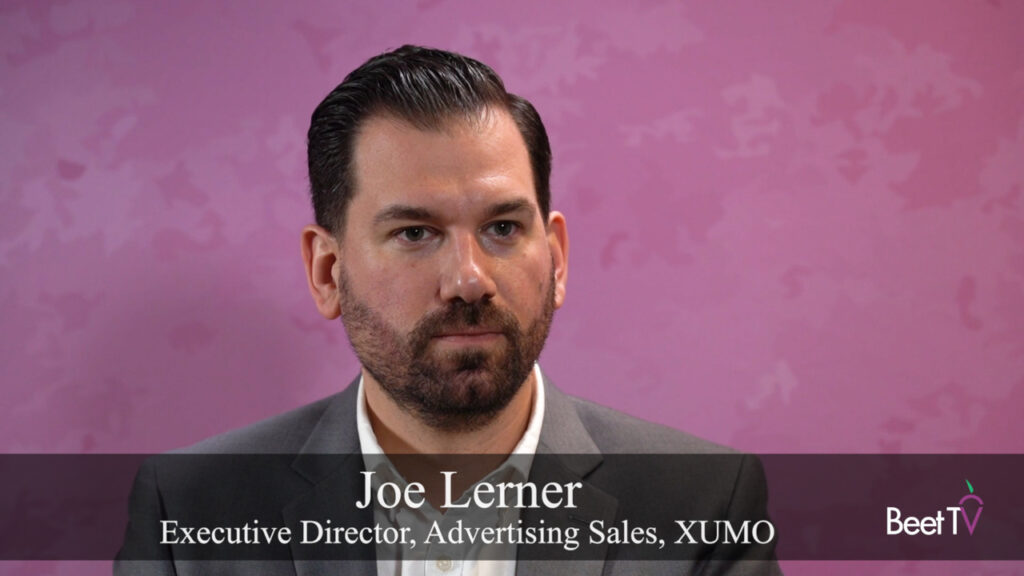With three out of four Americans watching streaming video content, connected and over-the-top viewing has advanced beyond the test stage. Now big advertising dollars are starting to follow their migration from linear TV.
“This is late mainstream for consumers,” says Brian Stempeck, Chief Client Officer at The Trade Desk, the demand-side platform.
Similar to when people in ever-increasing numbers began to use smartphones, there was a lag in marketers allocating ad dollars to reach them on those devices.
“We’re now in that interesting phase where media dollars start to follow. That’s what we’re seeing happen right now,” Stempeck says in this interview with Beet.TV.
As a result, The Trade Desk has seen “an explosion” of connected and OTT ad inventory.
“The amount of inventory available has gone up by ten X in the past year. That’s a game changer,” Stempeck adds.
Some of that seismic growth comes from consumers changing over, some of it from companies like Sling and Roku, which have “huge amounts of inventory and they’re moving it into programmatic.”
To access Sling inventory for its buy-side clients, The Trade Desk partners with Telaria (formerly Tremor Video). “DISH/Sling makes inventory available. We then use audience data, geo targeting, whatever the marketer really wants to hone in on. We then buy that inventory,” Stempeck says.
“The benefit of programmatic is that the marketer can now say, ‘I actually just want to target people in market for a car, or in this DMA, or this town or ZIP code’ and they can bring their own decisioning to that.”
Many advertisers still want to lock in traditional Upfront linear TV inventory deals, but they want more say in choosing certain inventory—stipulating that, say, 10% of Upfront deals are to be transacted programmatically, according to Stempeck.
Like many DSP’s, The Trade Desk cut its digital teeth on display ads back in 2009, making a big push into video in the past several years. Part of that expansion stemmed from the realization that agencies didn’t necessarily want to think of media channels in silos.
“They don’t necessarily want a mobile DSP, a video DSP, a DSP for Indonesia, a DSP for South America. They want one platform that’s global to hit all of their marketing channels,” Stempeck says. “Video is now one of the biggest channels that’s bought in our system.”
This video is part of series on developments with OTT. The series is presented by Sling Television and DISH Media Sales. Please find more videos from the series here. For the Sling/DISH report on OTT and the marketplace, download this report.






